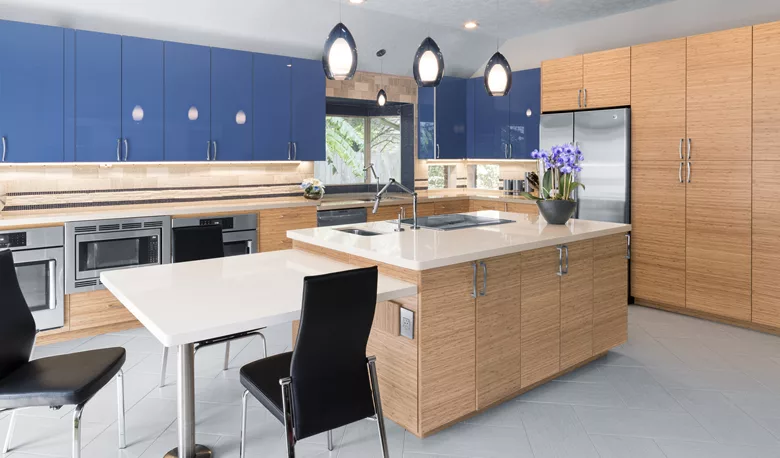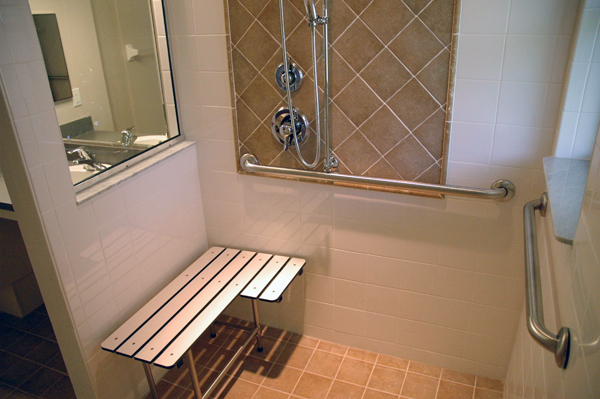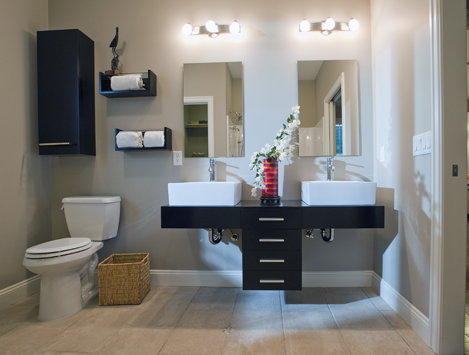Age at Home

Remodelers and CAPS Designees are Helping Older Home Owners Achieve Their Fondest Wish!
Older home owners overwhelmingly prefer to age in place, according to surveys conducted by AARP. To do so, they will need homes that enable them to live safely, independently and comfortably as they age.
Many homes – especially older ones – may need modifications to improve access, ease of use and safety for occupants as they age. Common modifications include installing bathroom grab bars, adding a first-floor bedroom, and expanding or adding a bathroom on the main level of the house. Not surprisingly, bathrooms often need the most attention.

The National Association of Home Builders offers a Certified Aging-in-Place Specialist (CAPS) designation for remodelers and other professionals who work to help households and individuals stay in their home as they age. The CAPS designation program teaches the technical, business management, and customer service skills essential to competing in the fastest growing segment of the residential remodeling industry.
CAPS certified professionals understand the strategies and techniques for designing and building aesthetically pleasing, barrier-free living environments. CAPS graduates also pledge to uphold a code of ethics and are required to maintain their designation by attending continuing education classes and participating in community service programs.
Product manufacturers are responding to the preference for aging-in-place with new products that can help make existing homes safer and more comfortable. In conjunction with creative home design and innovative remodeling techniques, these products are helping to enable the industry to provide pleasing aesthetics, high function and a safe living environment for all people, regardless of age, income or ability level.
In a recent survey of NAHB remodelers, 77 percent said their company is involved in home modification work related to aging in place.
The same survey found that modifications to make bathrooms safer were by far the most common. Among the findings:
|
|
Percent Performing |
| Grab Bars | 89% |
| Higher toilets | 85% |
| Curb-less shower | 82% |
| Widen doorways | 59% |
| Added lighting/task lighting | 53% |
| Ramps or lower thresholds | 49% |
| Add a new, full bath on the main level | 42% |
| Added bedroom on entry level | 37% |
| Expand half bath into full bath on the main level | 36% |
| Non-slip floors | 35% |
| Easy to read thermostats | 15% |
| Walk-in bathtub | 12% |
| Lower countertops | 8% |
| Lower kitchen cabinets | 7% |






